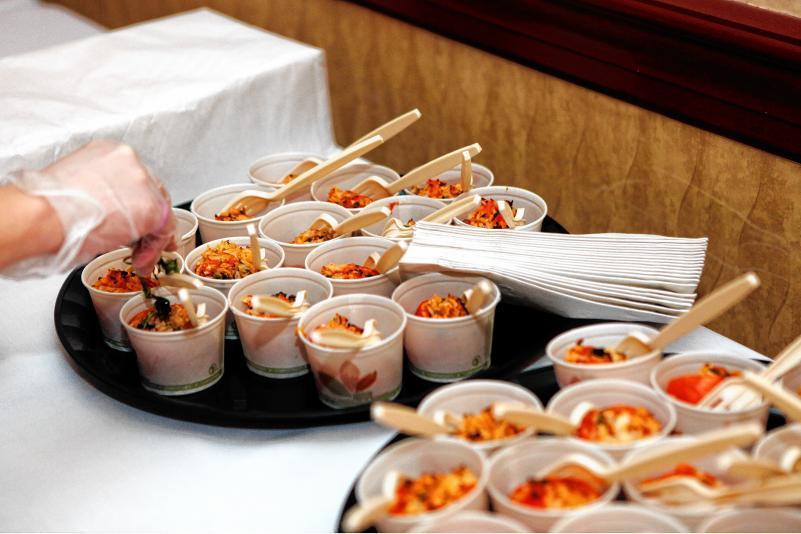
In Part Two of our case study, we continue our examination of the frozen meal campaign. The brand challenge was to grow in a saturated market. The answer was retail sampling. With 900 retail activations, across five different retail chains, we had our work cut out for us.
The product was right, but we needed to convince more people to try the food. The following is our measurement strategy and the campaign’s astonishing results. After all, it is not every day that experiential marketing delivers an ROI of 700%. If you missed Part One, you can find it here.
Estimated reading time: 3 minutes
ROI and Standardization: Our Measurement Strategy
Handing out samples was not going to be enough for this campaign. Each of the 900 activations required data collection and analysis almost in real-time. We needed to understand the value of each impression, each customer interaction by market and by retail chain.
We also needed to understand how the time of day influenced the campaign. Above all, we needed to ensure that we reached the brand’s target customers who were willing to spend more if the quality of the product warranted it.
Designing a meaningful measurement strategy means working hand in hand with the client to understand how their team talks about success. Most briefs for experiential marketing campaigns in this industry list increased awareness and driving trials as goals. But it is not uncommon for the client’s brand team to consider other metrics for success.
In this case, consistency within the data was key. This became the main mantra of staff training. To be able to measure customer sentiment and response to the product, field staff needed to use best practices and ask standardized questions, for example. It became more than just sampling.
(You can listen to the full episode of the podcast below.)
Connecting ROI and Budgets
The campaign design meant that not every activation had the same budget. Those allocations were made more strategically and differed between markets and retail chains which would lead to different customer experiences.
As a consequence, we needed to ensure that those differences would be reflected in our ROI calculations. Results had to reflect a true ROI, which is why transparency was key.
A Look at the Results
Retail sampling can be risky because you can’t always guarantee that you reach enough people. In this case, we tweaked sampling schedules to meet and exceed our target of 17 samples or more of the target customer per hour.
Initially – and perhaps unsurprisingly, the campaign ROI was trending negative, until we had optimized our implementation. We needed to connect with the right customers for the campaign messaging to work.
Once that happened, we started seeing an ROI of more than 160%. That means the client was making just over $1.60 for each dollar they had spent. That was a fantastic result, but it wasn’t the whole story.
Looking closer, we discovered a very wide range. At the low end, markets were delivering an ROI of 136%, whereas, at the high end, markets delivered almost 700%. We homed in on those converting almost five times the number of consumers to customers. Once we understood what these markets were doing differently, the campaign really took off.
Conclusion
What started as a four-month campaign in seven markets expanded into 18 markets over several years. What’s more, sampling proved so successful that the brand added a mobile tour to the mix.
This was only possible because everyone involved on the brand and the agency side was committed to measuring the ROI of this experiential marketing campaign from the beginning and making changes to help increase the value of each impression. It’s a great example of how fantastic, data-driven execution made a huge difference to the brand.

Additional Resources
FOR EXPERIENTIAL MARKETERS
- Experiential Measurement Blueprint
- Event Impression Calculator
- Experiential ROI Benchmarking Reports
- Event Measurement Video Tutorials
